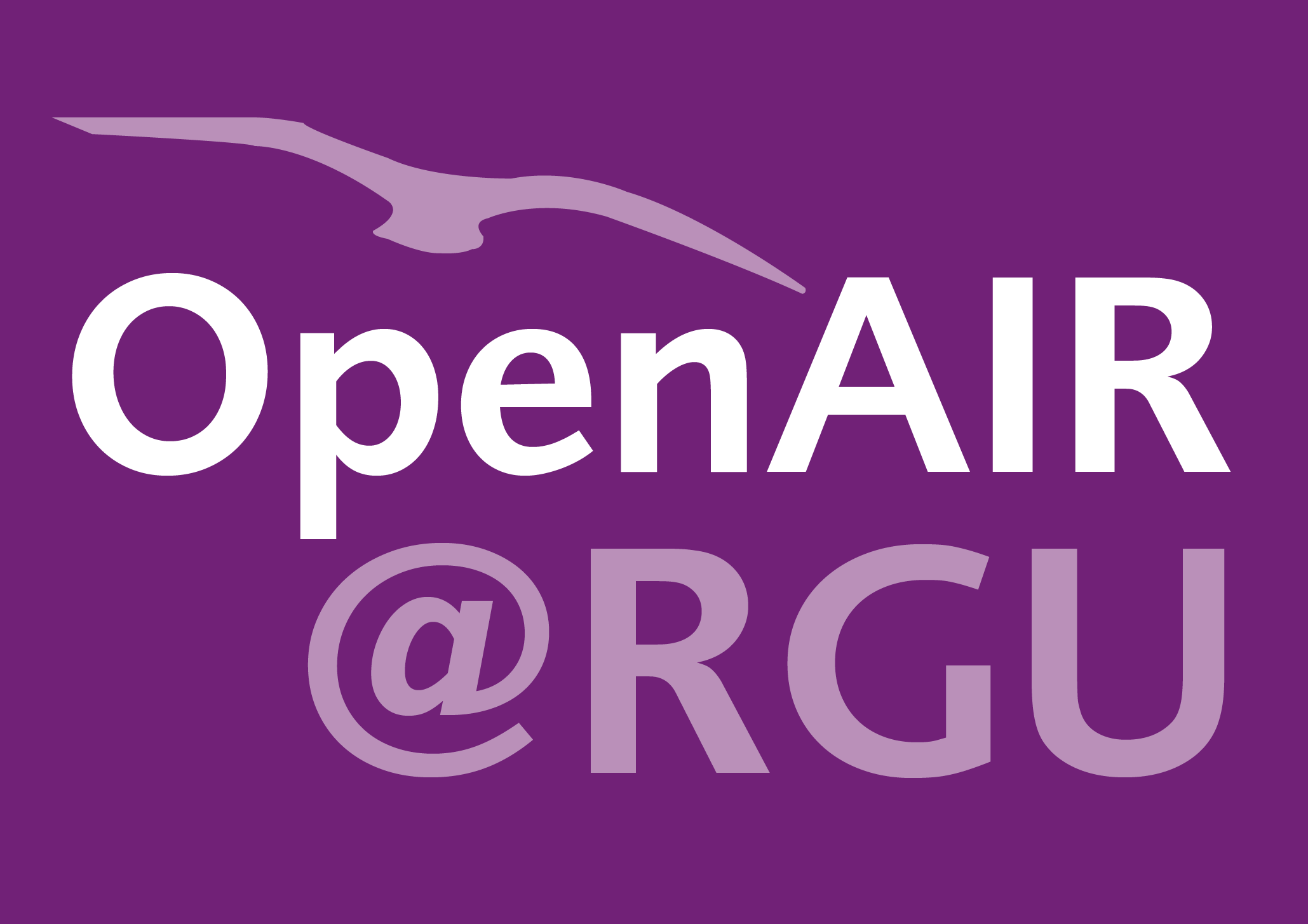David F. Hamilton
Patients follow three distinct outcome trajectories following total knee arthroplasty.
Hamilton, David F.; Shim, Joanna; Howie, Colin R.; Macfarlane, Gary J.
Abstract
Aims: Although total knee arthroplasty (TKA) is a highly successful procedure, about 20% of patients remain dissatisfied postoperatively. This proportion is derived from dichotomous models of the assessment of surgical success or failure, which may not reflect the spectrum of outcomes. The aim of this study was to explore differing responses to surgery, and assess whether there are distinct groups of patients with differing patterns of outcome. Methods: This was a secondary analysis of a UK multicentre TKA longitudinal cohort study. We used a group-based trajectory modelling analysis of Oxford Knee Score (OKS) in the first year following surgery with longitudinal data involving five different timepoints and multiple predictor variables. Associations between the derived trajectory groups and categorical baseline variables were assessed, and predictors of trajectory group membership were identified using Poisson regression and multinomial logistic regression, as appropriate. The final model was adjusted for sociodemographic factors (age, sex) and baseline OKS. Results: Data from 731 patients were available for analysis. Three distinct trajectories of outcome were identified: 'poor' 14.0%, 'modest' 39.1%, and 'good' 46.9%. The predicted probability of membership for patients assigned to each trajectory group was high (0.89 to 0.93). Preoperative mental, physical health, and psychosocial factors determined which trajectory is likely to be followed. Poor responders were characterized by a comparatively small number of factors, preoperative expectations of pain and limitations, coping strategies, and a lower baseline physical health status, while the good responders were characterized by a combination of clinical, psychosocial, mental health, and quality of life factors. Conclusion: We identified three distinct response trajectories in patients undergoing TKA. Controlling for baseline score, age, and sex, psychosocial factors such as expectations of pain and limited function and poor coping strategies differentiated the trajectory groups, suggesting a role for preoperative psychosocial support in optimizing the clinical outcome.
Citation
HAMILTON, D.F., SHIM, J., HOWIE, C.R. and MACFARLANE, G.J. 2021. Patients follow three distinct outcome trajectories following total knee arthroplasty. Bone and joint journal [online], 103-B(6), pages 1096-1102. Available from: https://doi.org/10.1302/0301-620X.103b6.BJJ-2020-1821.R1
| Journal Article Type | Article |
|---|---|
| Acceptance Date | Jun 1, 2021 |
| Online Publication Date | Jun 1, 2021 |
| Publication Date | Jun 30, 2021 |
| Deposit Date | Mar 1, 2022 |
| Publicly Available Date | Mar 1, 2022 |
| Journal | Bone and joint journal |
| Print ISSN | 2049-4394 |
| Electronic ISSN | 2049-4408 |
| Publisher | British Editorial Society of Bone and Joint Surgery |
| Peer Reviewed | Peer Reviewed |
| Volume | 103-B |
| Issue | 6 |
| Pages | 1096-1102 |
| DOI | https://doi.org/10.1302/0301-620X.103B6.BJJ-2020-1821.R1 |
| Keywords | Total knee arthroplasty; Oxford knee score; Outcomes; Trajectory modelling |
| Public URL | https://rgu-repository.worktribe.com/output/1352921 |
Files
HAMILTON 2021 Patients follow three distinct (AAM)
(482 Kb)
PDF
Publisher Licence URL
https://creativecommons.org/licenses/by-nc-nd/4.0/
